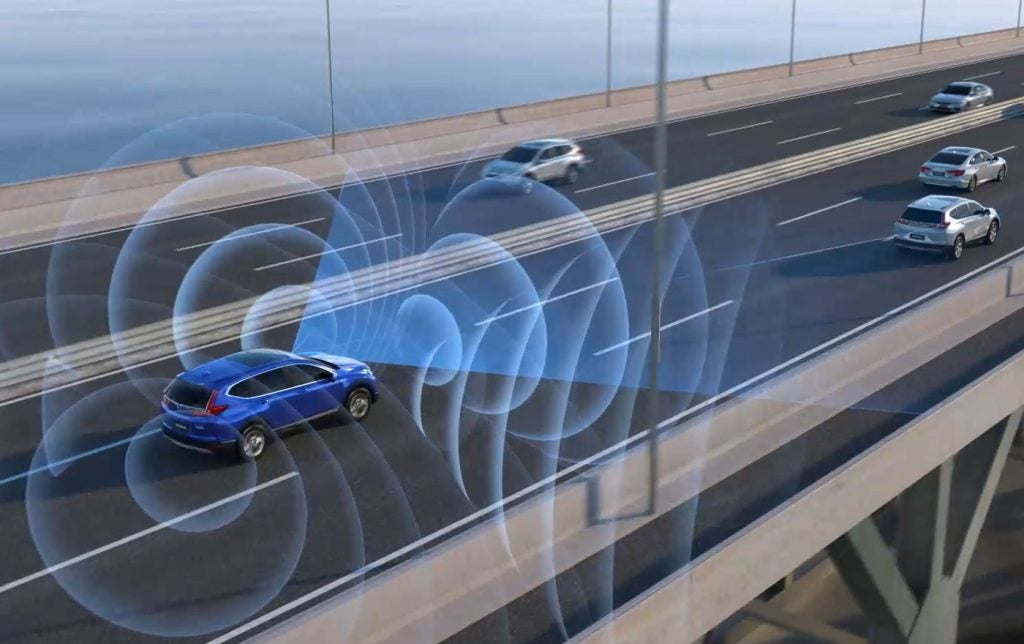Honda Motor has been granted a patent for a control apparatus that corrects errors in the angle measurement of a rotor in an electric motor. The apparatus determines whether a correction process has been performed and controls the inverter accordingly. If the correction process has not been performed, the inverter is controlled under pulse-width modulation, while if the correction process has been performed, the inverter is controlled under one-pulse control. The correction process is performed when necessary based on certain criteria. GlobalData’s report on Honda Motor gives a 360-degree view of the company including its patenting strategy. Buy the report here.
According to GlobalData’s company profile on Honda Motor, hydrogen fuel cells was a key innovation area identified from patents. Honda Motor's grant share as of September 2023 was 46%. Grant share is based on the ratio of number of grants to total number of patents.
Control apparatus for correcting error in rotation angle sensor
A recently granted patent (Publication Number: US11774268B2) describes a control apparatus and a vehicle system that utilize correction data to correct errors in the angle measurement of a rotation angle sensor in an electric motor. The control apparatus includes a processor that executes a program to acquire correction data related to the correction process. Based on this data, the processor determines whether the correction process has been performed or not. If the correction process has not been performed, the inverter controlling the AC current supplied to the electric motor is controlled using pulse-width modulation. On the other hand, if the correction process has been performed, the inverter is controlled using one-pulse control.
The correction process is performed after determining that the inverter should be controlled using pulse-width modulation. Additionally, the correction data indicating that the correction process has been performed is stored. The processor determines whether the correction process is necessary by analyzing the phase current of the three-phase AC current supplied to the electric motor. If the phase current is zero and the direction of the vector of the d-axis component of the counter electromotive voltage is equal to or less than a predetermined threshold value with respect to a reference, the correction process is deemed unnecessary. However, if the direction of the vector exceeds the predetermined threshold value with respect to the reference, the correction process is considered necessary.
The control apparatus also includes the capability to acquire correction data that includes history data indicating whether the correction process has been performed. If the history data indicates that the correction process has not been performed, the processor determines that the correction process has not been performed. Similarly, the correction data can include error data indicating the error in the angle measurement. If the error indicated by the error data exceeds the predetermined threshold value, the processor determines that the correction process has not been performed.
The patent also describes a vehicle system that incorporates the control apparatus. The vehicle system includes a processor that executes the same program as the control apparatus to acquire and analyze the correction data, determine the control method for the inverter, and perform the correction process.
Overall, this patent presents a control apparatus and a vehicle system that utilize correction data to determine the control method for an inverter in an electric motor based on the correction process performed and the error in the angle measurement. This technology aims to improve the accuracy and efficiency of electric motor control in various applications, including vehicles.
To know more about GlobalData’s detailed insights on Honda Motor, buy the report here.
Premium Insights
From

The gold standard of business intelligence.
Blending expert knowledge with cutting-edge technology, GlobalData’s unrivalled proprietary data will enable you to decode what’s happening in your market. You can make better informed decisions and gain a future-proof advantage over your competitors.







